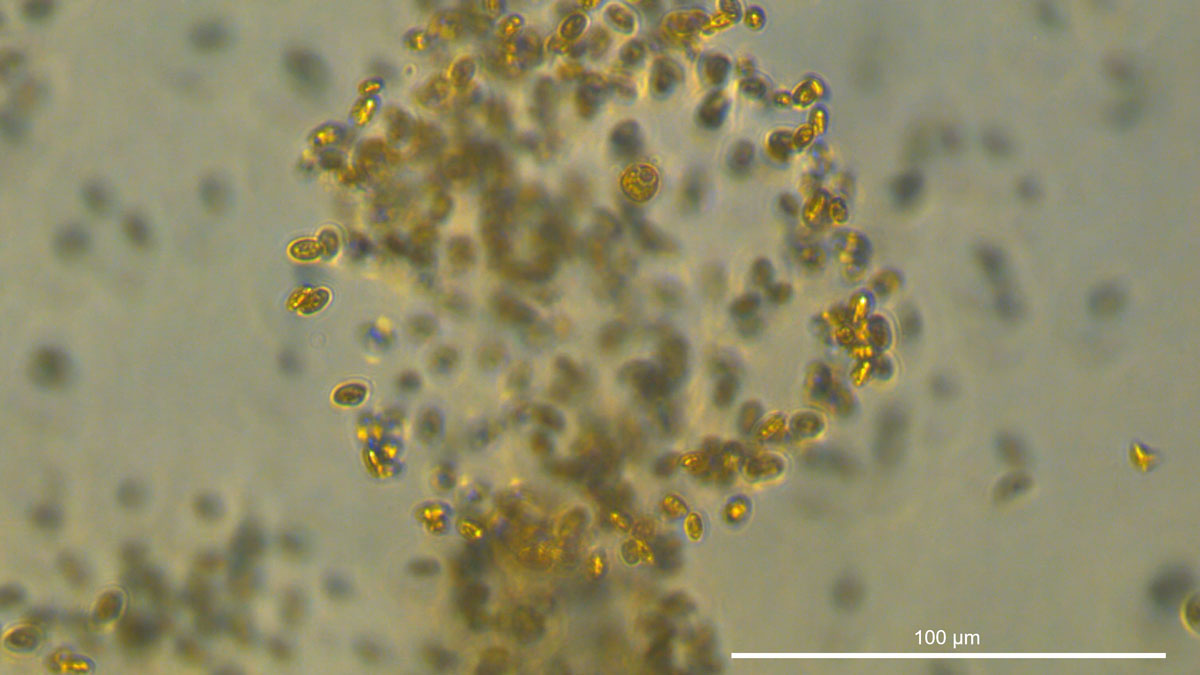Recent studies looking at carbon-sequestering microbes suggest we still have a lot to learn about the ocean’s biological carbon pump.
Bermuda
Posted inResearch Spotlights
Tracing the North Atlantic's Bottom Waters
Chemicals released by two European nuclear fuel reprocessing plants, along with certain chlorofluorocarbons, are helping to constrain the speed and behavior of North Atlantic deep-ocean circulation.
Posted inNews
Human Activities Account for Less Than a Third of Ocean Nitrogen
Researchers found that humans contribute far less nitrogen to the open ocean than previously thought.


